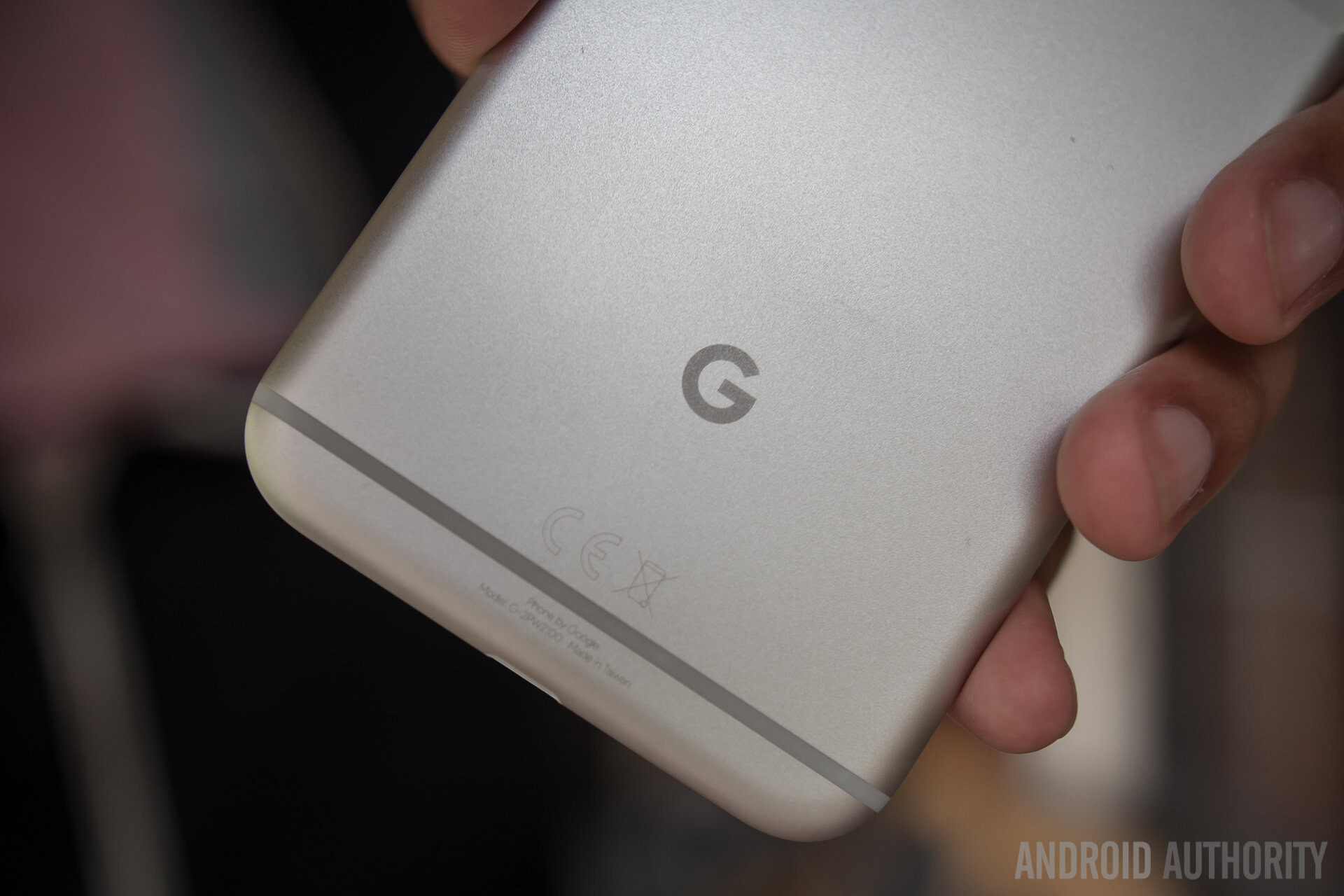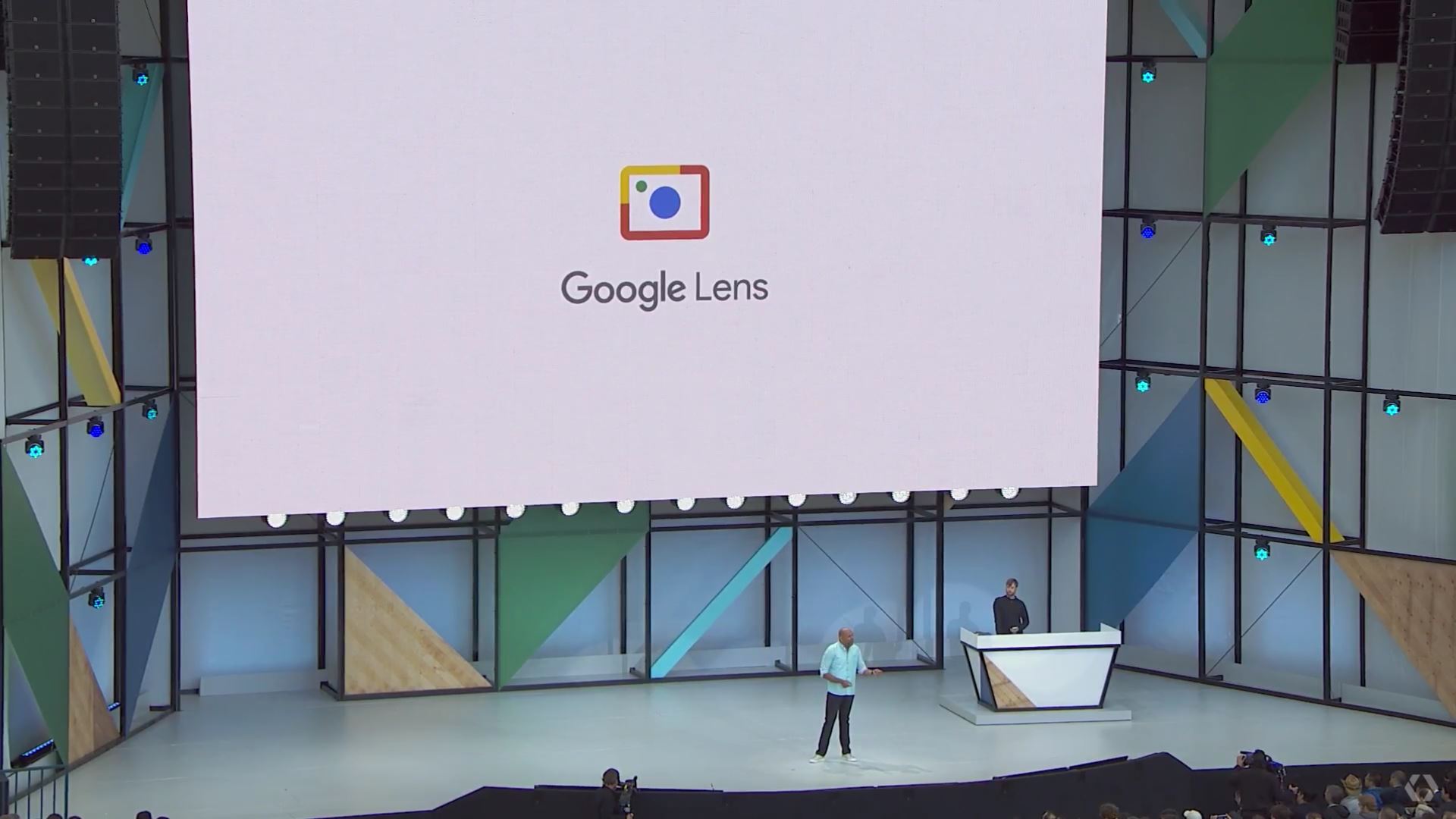Affiliate links on Android Authority may earn us a commission. Learn more.
Google announces its plan to make artificial intelligence more ‘human’

As AI technology grows rapidly, Google wants to make sure that it’s accessible and inclusive, developed with people in mind. That’s where the PAIR comes in.

When we talk about the Fourth Industrial Revolution or the digital revolution, improved efficiency and increased convenience are the exciting parts that most people tend to focus on. However, there is an alarming side to it as well: what if humans are replaced by AI? What if certain people are left behind in this upcoming industrial era? Google, as one of the leaders in AI research and development, is aware of this potential problem and wants to address it from the get-go.
Called the People + AI Research Initiative or the PAIR, this newly-announced team within the Google Brain division will “study and redesign the ways people interact with AI systems” so that we build systems with “people in mind at the start of the process.” The PAIR will examine the relationship between users and technology, the vast array of applications that AI will facilitate, and how to make everything accessible and broadly inclusive.
The PAIR team is led by Google Brain researchers Fernanda Viégas and Martin Wattenberg, and the 12 other team members will work with researchers from Harvard University and MIT to focus on three areas of user needs:
- Engineers and researchers: because AI is built by humans, Google says that it’s important for engineers and researchers to have the right materials and tools to make the process easier and accessible.
- Domain experts: AI technology has broad applications for professionals: from doctors and lawyers to designers and farmers. How do we make AI more useful for these people?
- Everyday users: of course, AI will greatly affect everyday users, which is why it has to be designed to include everyone. Google wants to find ways to democratize the AI technology to make it more human-centric.
The hope is that as the PAIR team grows and as its work expands, we will see its impact across Google’s apps and services as well as see similar efforts from other companies.
The PAIR won’t necessarily answer all the concerns out there. Issues of socioeconomic disparity – especially the job-related ones – still remain a significant concern. Compounded by other intersectional factors, the Fourth Industrial Revolution certainly isn’t going to be an easy process, but with Google’s new initiative, we are definitely taking one step further in the right direction: the hope is that as the PAIR team grows and as its work expands, we will see its impact across Google’s apps and services as well as see similar efforts from other companies.